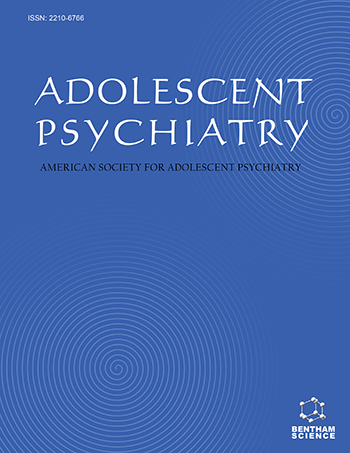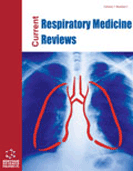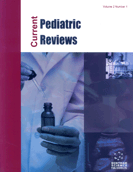Abstract
Background: Psychologists have long been fascinated by the propensity of young people to engage in self harming and self defeating behavior. One of the first attempts to address this issue was Freud in his seminal article "Beyond the Pleasure Principle" The ideas were further developed by Klein and Menninger and more recently by Noshpitz. Recent empirical models of self harm—which take a descriptive approach—have been proposed by Baumeister, Williams, Brent and Mann and Nock. The theories of Jessor and Joiner have also attracted considerable attention. However, both approaches have their limitations and the factors that underlie self-destructive behavior have not been fully elucidated. This limits our ability to predict suicide risk, and hence, reduces the effectiveness of our efforts at prevention. Goals: To review both theoretical and empirical models of self-destructive behavior, including various kinds of self-harm and suicide, and discuss a new, integrative, model that can help describe how the transition from suicidal ideation to suicidal behavior occurs.
Methods: In this review article we briefly describe these theories and postulate an integrative model which we think is testable.
Conclusions: Our model takes into account the adolescent’s emotional and interpersonal distress, the degree to which a major psychiatric disorder is present, the trajectory of suicidal ideation, and the capability to engage in self injury. Research testing such a model could lead to better ways of identifying and intervening to prevent adolescent suicide.
Keywords: Adolescence, risk factors, self-destructive behavior, self-harm, suicide



























